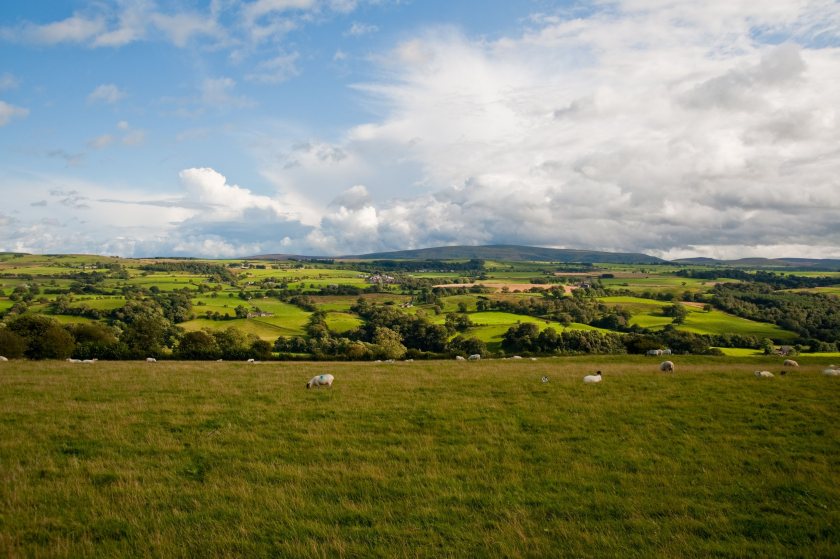
Britain’s farmland market saw its highest activity levels since 2018 last year, marking a 19% rise from 2023 and a 14% increase above the 2012-2016 average.
There are a number of contributory factors to this surge in supply, according to Savills report 'Spotlight The Farmland Market'.
These include restructuring in response to the ongoing agricultural transition, challenging weather conditions, and economic pressures.
Notably, the analysis shows 8% of sales were due to retirement, while 27% were attributed to debt and financial restructuring.
Andrew Teanby, associate director of Savills Rural Research said: "During the past few years we have monitored machinery dispersal sales.
"For 2024 there was a 16% drop, suggesting retirements in response to the agricultural transition have peaked.”
Political factors also played a role in market behaviour; an anticipated change in government followed by a strongly publicised potential capital gains tax increase pre-budget prompted a flurry of market activity in the first half of the year.
Consequently, 63% of the annual acreage was launched in the first half of the year to get ahead of the October 2024 budget, compared to 55% in 2023.
Alex Lawson, head of rural agency explained: "In reality, most of the market activity was compressed into six months because of the challenging weather conditions during the first few months of last year.”
Regionally, England saw increased market activity across all areas, and in the South, average values increased, including a 5.7% increase in grade 3 arable land in the South West.
In Scotland, 38,000 acres of farmland were marketed in 2024, a 42% increase from 2023, and average values rose by 12.2%, with stronger growth for arable land.
In Wales, farmland supply was high, but average land values fell by 2% due to various economic factors.
The strength of competition and prices achieved varied widely between and within regions, according to Savills report.
There were hotspots where limited supply, demand or the desirability of the location drove prices up, and sales progressed rapidly – while, in other areas, properties took longer to sell.
In Scotland for example there were examples of bare Class 3 land sold at £8,500 per acre and at £12,000 per acre within just a 10-mile radius.
Looking ahead, in the short term, Savills forecasts a 20% supply reduction to 150,000 acres during 2025.
The tax treatment of cash outside of a business is unfavourable compared to farmland, and the proposed inheritance reform is likely to introduce uncertainty to the sector.
After the introduction of the reforms to agricultural property relief and business property relief in April 2026, supply is expected to rise from 2027.
This is likely to happen to cover inheritance tax liabilities for those farms unable to fund or where sufficient tax planning was not possible.
Savills anticipates some activity from private investors if better investment opportunities arise, although it says most non-farmer buyers’ decisions are primarily driven by lifestyle and amenity rather than pure investment reasons.
Farmland values are expected to hold with marginal growth, resulting in a 0.6% compound annual growth rate over the next five years, according to the report.
This growth is most likely from 2027 by when clearer land use priorities will have emerged, and development activity will be increasing, leading to more buyers and competition in the market.
